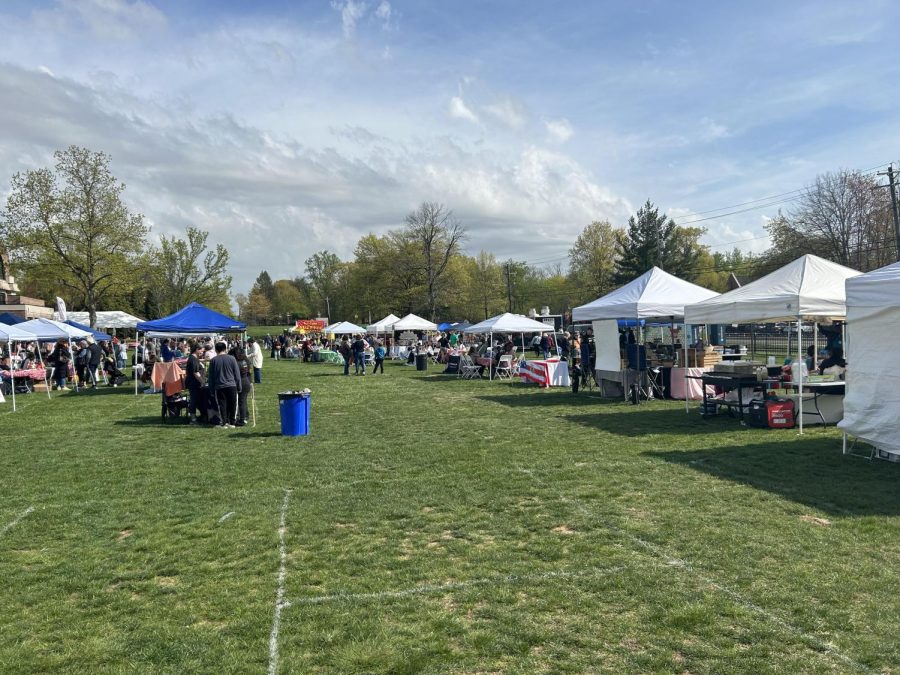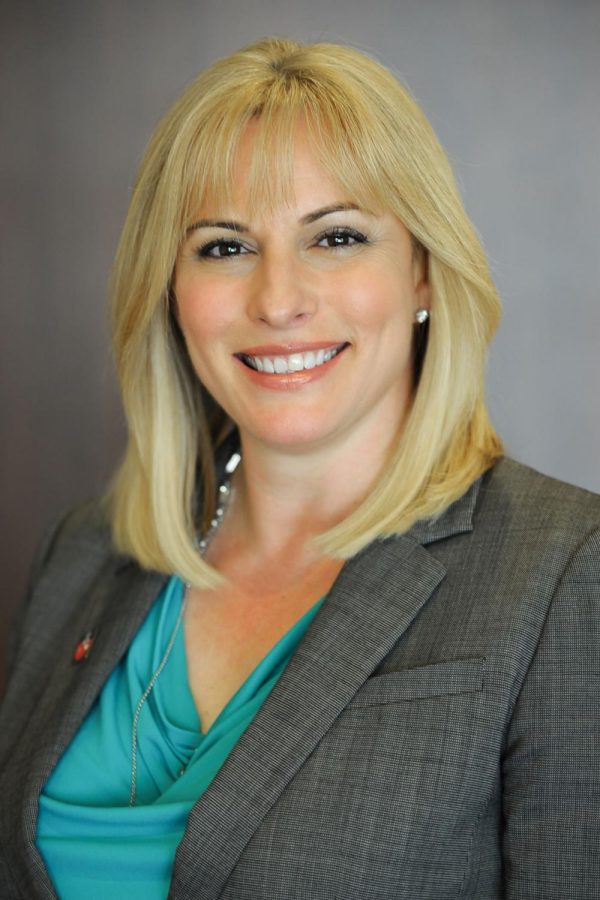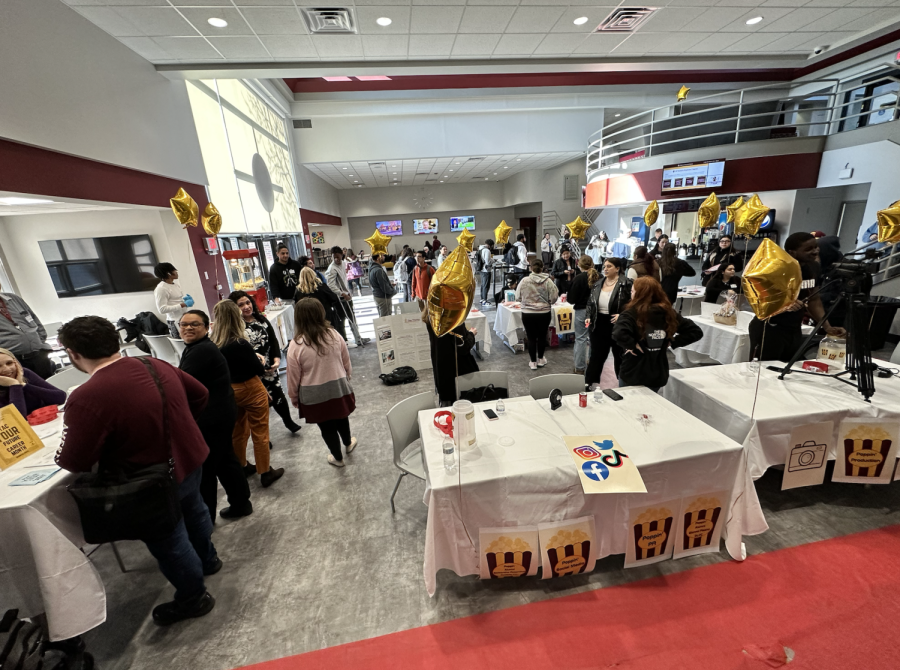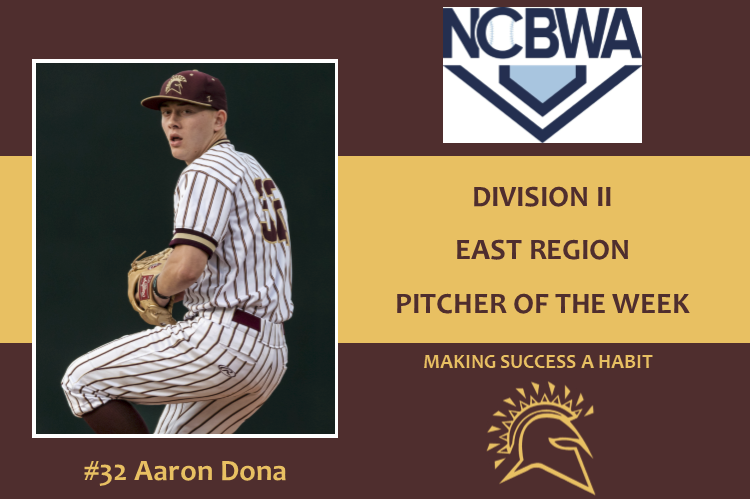By Victoria Moussot
April 11, 2017
STAC’s bi-annual blood drive has been committed to meeting serious blood shortage needs for at least thirty four years. Originally, the blood drives were run by student activities, but eighteen years ago, Eileen Mastrovito at Health Services took the lead. Mastrovito explained, “Having worked in an Intensive Care Unit for ten years, I am familiar with the frequent use of blood products in patient care.” Blood products, such as red cells, go to surgery trauma patients, cancer/chemotherapy patients, accident/burn victims, at-risk infants and patients with bleeding disorders. Demand for blood products continues to increase every year due to the aging population, new medical treatments, and procedures requiring blood transfusions. However, the blood supply has decreased because restrictive requirements have decreased donor eligibility. You can be part of the solution.
All blood donors at the STAC Blood Drive are encouraged to participate with Automated Red Cell Donation. In this process, a phlebotomist draws a small amount of blood into a sterile bag and the blood is then spun in a centrifuge, causing the red cells to be separated from plasma and platelets. After separation, the components are returned to the donor’s body with a saline solution. This straightforward process yields significant results. One donation produces two units of red cells with the potential to save two lives!
Over the last five years, the STAC Community has donated 316 units of blood! That translates to a lot of saved lives. Kayla Farley, a Blood Drive Recruiter, stated, “I love working the Blood Drive because I love seeing and talking to the people willing to donate their own blood to save a life. There are so many people willing to do so, and that is amazing!”
This year STAC will be fostering a new partnership with the New York Blood Center. This non-profit organization “embraces and values the highest ethical, humanitarian, medical, and scientific standards including compassion, respect, integrity, and caring for all people, including the donor and patient.” The New York Blood Center appreciates the participating donors so much that it has created the Donor Advantage Program to “encourage, recognize and reward frequent blood, platelet and plasma donors.” The program requires one donation attempt every 13 months to keep the points active. Points earned can be redeemed for a wide variety of gifts, gift cards, or points can be donated to selected charitable organizations.
Eligibility requirements are simple:
- Between the ages of 16 and 76.
- Weigh at least 110 pounds.
- Must be in general good health. If you have a cold or ordinary virus, you must wait 72 hours after you are symptom-free. If you are on an antibiotic you may donate after you have taken the last dose, and as long as you have been symptoms free for at least 72 hours.
- You must wait at least 12 months after getting a tattoo (unless the tattoo was done in the State of New Jersey since 1/1/08 in which case there is no waiting period) or any piercing that was not done under sterile conditions (single use/sterile needle/disposed of property/aseptic conditions) before you can donate.
- Due to the risk of “mad cow” disease, malaria, and Zika virus, certain restrictions are placed on blood donations by people who have lived in or recently traveled to high-risk areas.
- A person who smokes marijuana and drinks alcohol can donate blood.




